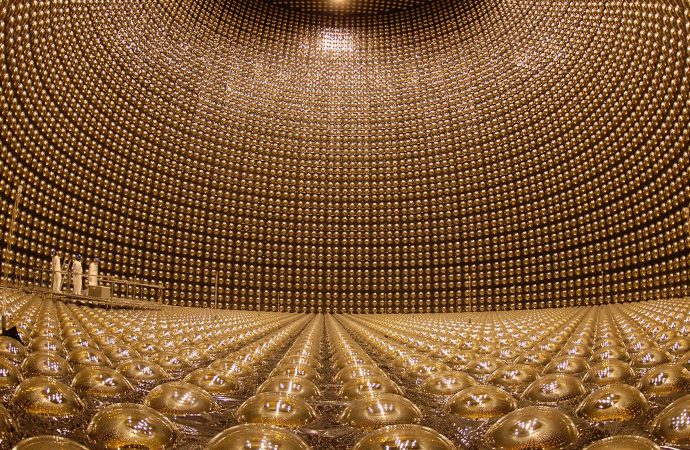Scientists have made a major breakthrough that could help us understand the origin of our universe, they say.
Source: Independent
Researchers have discovered hints of a difference between the behaviour of neutrinos and antineutrinos. That, in turn, could help demonstrate why there is so much matter relative to antimatter in the universe – and, in turn, how everything that surrounds us came to be.
One of the greatest challenges in understanding the universe arises from the fact that the Big Bang should have created the universe with equal amounts of antimatter and matter. Observations of the cosmos, however, show that it is made of matter – and researchers have struggled to explain where that missing antimatter may have gone.
To explain the universe’s existence, scientists think there must be something different about matter and antimatter, which would explain why the universe appears to favour one over the other. The new breakthrough may reveal where that asymmetry has come from.
The new discoveries come from the T2K experiment in Japan. There, researchers at one detector watch neutrinos and antineutrinos that are generated almost 300 kilometres away at the Japanese Proton Accelerator Research Complex.
As they travel between the two, and through the Earth, the particles switch between different properties known as flavours. The new research showed that the neutrinos and antineutronos do that, by observing what flavour the different particles had when they were created.
After nine years of such observations, the experiment found that there is something different between the fundamental particles, which could help explain the difference that is seen through the universe, though they caution that further research is needed to confirm the discoveries.
“Our data continue to suggest that Nature prefers almost the maximal value of asymmetry for this process,” said Laura Kormos, senior lecturer in physics at Lancaster University, head of Lancaster’s neutrino physics group and researcher at T2K. “It would be just like Mother Nature to have these seemingly insignificant, difficult to study, tiny particles be the driver for the existence of the universe.”
If it is confirmed, and further planned experiments go ahead, then the discovery could help find the so-called missing antimatter that has perplexed scientists as they hunt for an explanation of the strange mismatch throughout the universe, and the origin of the cosmos.
The new study, ‘Constraint on the matter–antimatter symmetry-violating phase in neutrino oscillations’, is published in the latest edition of Nature.
Source: Independent

































Leave a Comment
You must be logged in to post a comment.